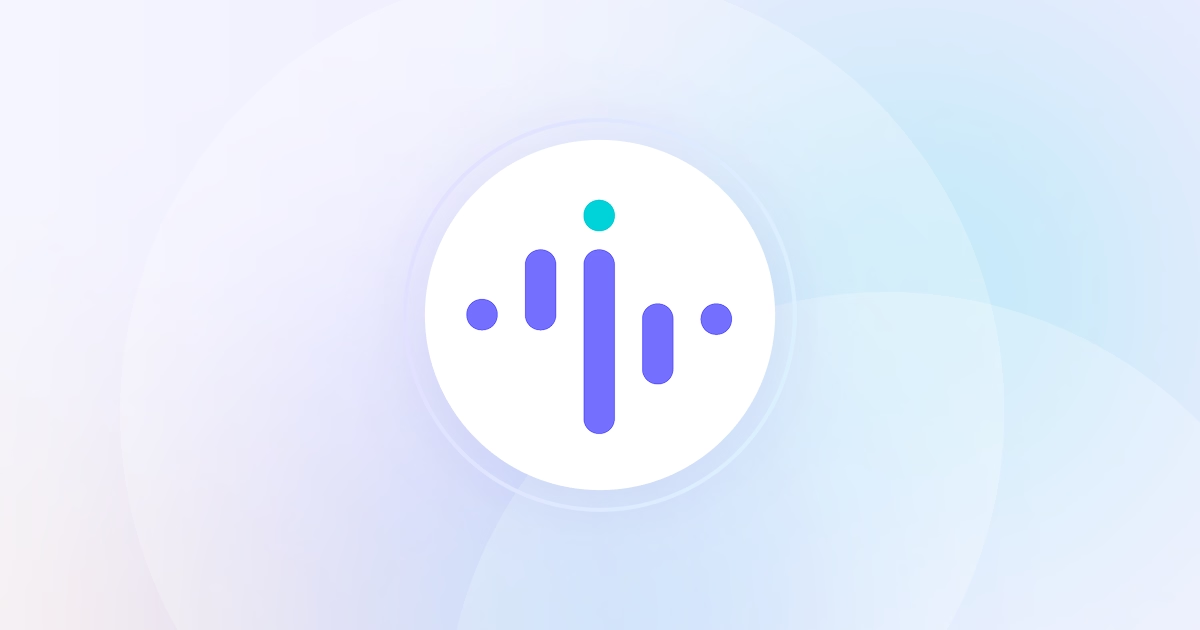Amplifying Productivity: How to Track Remote Work Effectively

.png)

When the transition to remote work exploded, we were living in a different world. Pandemic, job insecurity, market instability. It was chaos, and as long as everyone was safe and getting some work done it was a victory. Exploring how to track remote work was only a side issue.
Today, victorious businesses operate in a considerably different way. Many of them have stuck with remote or moved into a hybrid system, and tracking employees is among the top operational priorities.
Why Track Remote Work?
Why is work tracking so high up on the priority list? The initial switch to remote work during lockdown for many people meant day-long shifts. The pressure was high on managers to make sure everyone was delivering their part of the work as burnout was skyrocketing and productivity dwindling.
Work tracking changed all of this for the better. Here’s how:
Fundamental Tracking Strategies & Their Effects
To track remote workers efficiently, managers need to employ different communication and reporting methods while also relying on digital solutions. The majority of successful remote teams have the following strategies in place:
Introducing Daily & Monthly Meetings
Starting each day with a brief meeting can set the tone and agenda. This is also a good way to foster a focused work environment. Monthly gatherings, on the other hand, offer a broader perspective, allowing teams to reflect on achievements and areas of improvement.
Setting Short & Long-Term Goals
Implementing clear, measurable objectives on a daily, weekly, and monthly basis provides employees with a roadmap to success. These targets should be realistic and aimed at fostering a sense of achievement.
Utilizing Screenshot Monitoring Tools
Screenshot monitoring tools can randomly capture screen activities, offering a glimpse into employees’ workflow and ensuring they are focused on their tasks. Knowing they are being tracked, employees tend to self-regulate more efficiently which upgrades their productivity.
Monitoring Application Usage
Understanding which applications are used during work hours can shed light on employees' work habits and also distinguish between productive and unproductive time. With this insight, employers can more easily target problematic processes and provide support to the workers who are struggling.
Tracking Website Visits
Observing the websites accessed by employees during work hours can provide additional data on their productivity and focus. It also helps employees refrain from accessing distracting or unproductive websites.
Implementing End-of-Day Reports
Requesting that employees submit daily reports that summarize their activities can instill a routine of self-assessment and discipline. The awareness of how much they have done also drives productivity and motivation.
How to Automate Work Tracking with Insightful
Insightful’s work tracking software is highly customizable and can fit the needs of different industries and models of work. Check out the major tracking methods that this software can help you automate:
✅ Tracking Work Hours: Insightful allows you to track your employees’ punctuality and the duration of the workday via a manual clock-in tool or an automatic tool (starts counting time the moment they turn on their work PC). This way you can better understand their commitment and productivity levels.
✅ Monitoring Attendance: As a manager, you can use Insightful to take on-demand screenshots of your teammates’ screens or set up automatic screen capturing. Insightful also allows you to check attendance and engagement by relying on the software’s accurate measurements of a worker’s active and idle time.
✅ Assessing Productivity Levels: Insightful empowers you to review employees’ productivity by identifying the apps they are using and the websites they are visiting during work hours. Administrators of the company’s Insightful account can easily customize the apps and websites considered productive for each team or even each role.
✅ Empowering Self-Reporting: An additional way of monitoring via Insightful is tracking time per task. Employees can manually start and stop timers dedicated to each task. This way, management can get a clear picture of the processes that aren’t going as smoothly as they should and start working on a solution.
Conclusion
Implementing tracking strategies assists both businesses and remote employees reach peak productivity.
For businesses, the right tracking strategies can help spot and tackle the issues that hinder productivity. Relying on employee tracking software, such as Insightful, allows the leaders to simplify work tracking and speed up the analysis of the collected data.
Remote employees can also benefit greatly from being tracked. They get the psychological drive to do their best and successfully ignore distractions. Good productivity results also “allow” them to disconnect after eight hours, achieving ideal work-life balance and avoiding burnout.


.jpg)
.jpg)
